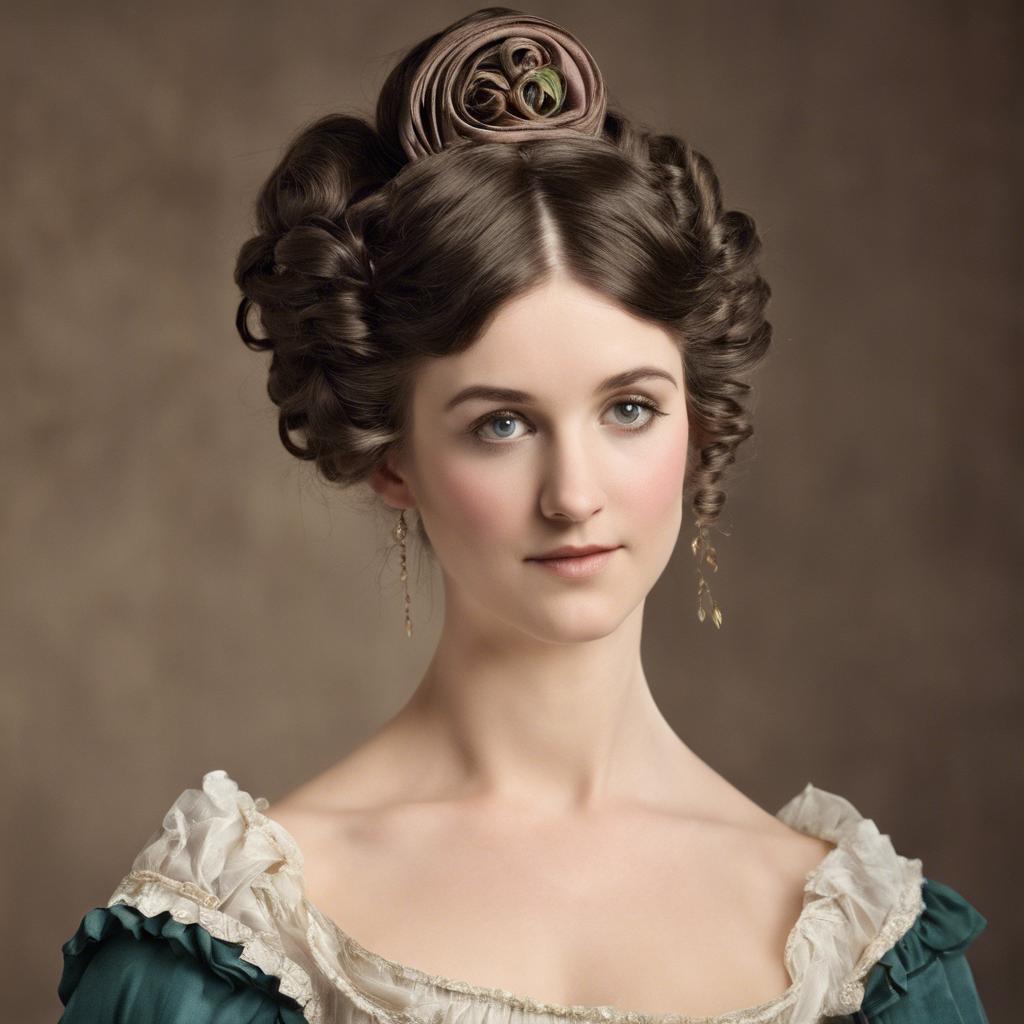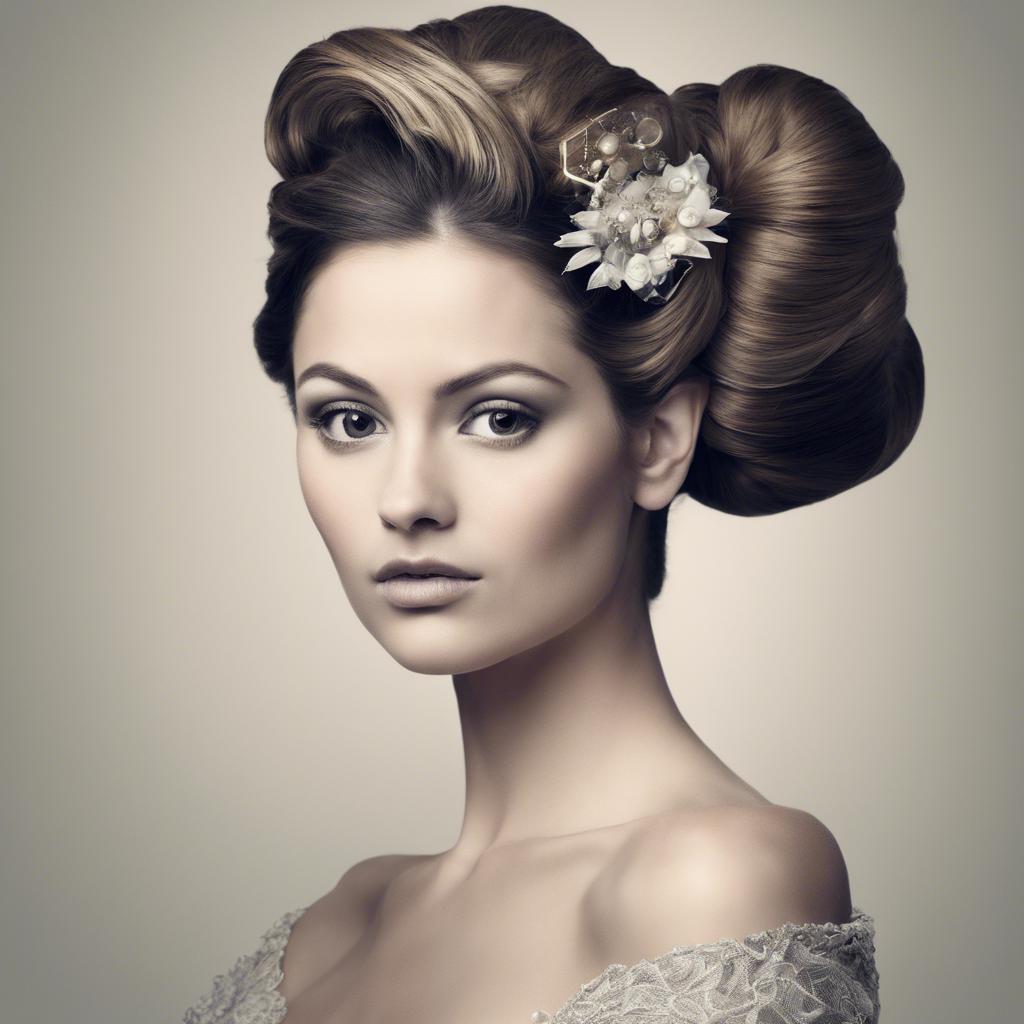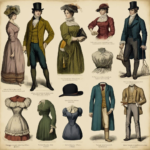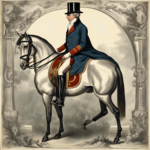During the Regency Era, women’s hairstyles became synonymous with elegance and sophistication, with the updo reigning supreme as the pinnacle of fashion. Drawing inspiration from classical Greek and Roman aesthetics, Regency era updos were exquisitely intricate and meticulously styled. In this article, we delve into the history and intricate details of these timeless coiffures, exploring the significance they held in the social hierarchy of the time and the techniques used to achieve such ornate hairstyles. Join us on a journey back in time to discover the beauty and complexity of Regency era updos.
Step Into the World of Cheryl Bolen
Dive into the enchanting stories of love, intrigue, and elegance set in the Regency Era. Cheryl Bolen's novels offer timeless romance and captivating tales that will leave you wanting more.
Explore Cheryl Bolen's Books Now
The Elegance of Regency Era Updos
In the Regency era, updos were a symbol of sophistication and elegance, reflecting the refined tastes of the time. These intricate hairstyles were often adorned with ribbons, feathers, and jewels, adding a touch of luxury to any ensemble. The attention to detail and meticulous craftsmanship that went into creating these updos made them a true work of art.
Regency era updos were characterized by their intricate braiding techniques and elaborate twists and curls. Women would spend hours at their vanity tables, carefully arranging their hair into elaborate styles that showcased their beauty and grace. These updos were not only fashionable but also practical, keeping hair off the face and neck while still looking incredibly stylish.
One popular Regency era updo style was the classic “Grecian knot”, which involved twisting the hair into a bun at the nape of the neck and securing it with ornate hairpins. Another favored style was the “crown braid”, where the hair was braided around the head like a halo, creating a regal and ethereal look. No matter the style, Regency era updos were a testament to the timelessness of classic beauty and elegance.
Historical Background of Regency Era Updos
In the early 19th century, the Regency era brought about a shift in fashion and hairstyles among the elite in England. During this time, women’s hair was often worn in elaborate updos to complement the high-waisted, Empire-style dresses that were popular. These updos were not only a fashion statement but also a reflection of the cultural and social norms of the time.
One of the most iconic Regency era updos was the “Grecian knot,” inspired by ancient Greek hairstyles. This style featured intricate twists and braids that were often adorned with ribbons, feathers, or pearls. The Grecian knot exuded elegance and sophistication, making it a favorite among fashionable women of the era.
Another popular Regency era updo was the ”crown braid,” a style where the hair was braided around the head in a circular fashion, resembling a crown. This updo was often embellished with flowers or jewels, adding a touch of femininity and romance to the overall look. The crown braid was favored for formal events and balls, where women would showcase their wealth and status through their elaborate hairstyles.
Key Elements of Regency Era Updo Hairstyles
In the Regency era, updo hairstyles were a staple fashion statement for women of high society. These intricate hairstyles often featured elaborate designs that showcased the elegance and sophistication of the wearer. One key element of Regency era updos was the use of curls and twists to create voluminous and eye-catching styles.
The addition of accessories such as ribbons, feathers, and flowers played a crucial role in enhancing the overall look of Regency era updo hairstyles. These adornments were carefully chosen to complement the outfit and add a touch of whimsy to the hairstyle. Women would often match the colors of their accessories to their attire for a cohesive and polished appearance.
Furthermore, the art of creating symmetry in updo hairstyles was highly valued during the Regency era. Hairstylists would meticulously sculpt the hair into balanced and harmonious shapes, using pins and combs to secure the intricate designs in place. Achieving perfect symmetry was considered a mark of skill and craftsmanship, showcasing the attention to detail that defined Regency era updo hairstyles.
Tips for Achieving an Authentic Regency Era Updo
If you’re looking to achieve an authentic Regency Era updo, there are a few key tips to keep in mind. First and foremost, it’s important to gather all the necessary tools and products before starting. You’ll need bobby pins, hair ties, a comb, and perhaps some hair accessories like ribbons or feathers.
One popular hairstyle during the Regency Era was the classic “Grecian knot” updo, which featured a low bun at the nape of the neck. To create this look, start by parting your hair in the middle and pulling it back into a low ponytail. Then, twist the ponytail into a bun and secure it with bobby pins. For an added touch of authenticity, consider adding a delicate ribbon to the bun.
Another key element to achieving an authentic Regency Era updo is to focus on creating soft, romantic curls. This can be done using a curling iron or hot rollers. Once you’ve curled your hair, gently brush out the curls to create a more natural, tousled look. Finish off the style with a few strategic hairpins to keep everything in place.
The Way Forward
the regency era updo was a symbol of elegance and sophistication during a time of cultural refinement and societal change. Women of the regency era used their hairstyles to express their social status and personal style, creating intricate, towering updos that were truly works of art. Despite the passage of time, the regency era updo continues to inspire modern hairstylists and fashion enthusiasts, serving as a reminder of the enduring beauty and grace of the past.Let us continue to appreciate and celebrate the intricate beauty of the regency era updo, a timeless hairstyle that has left an indelible mark on history.


